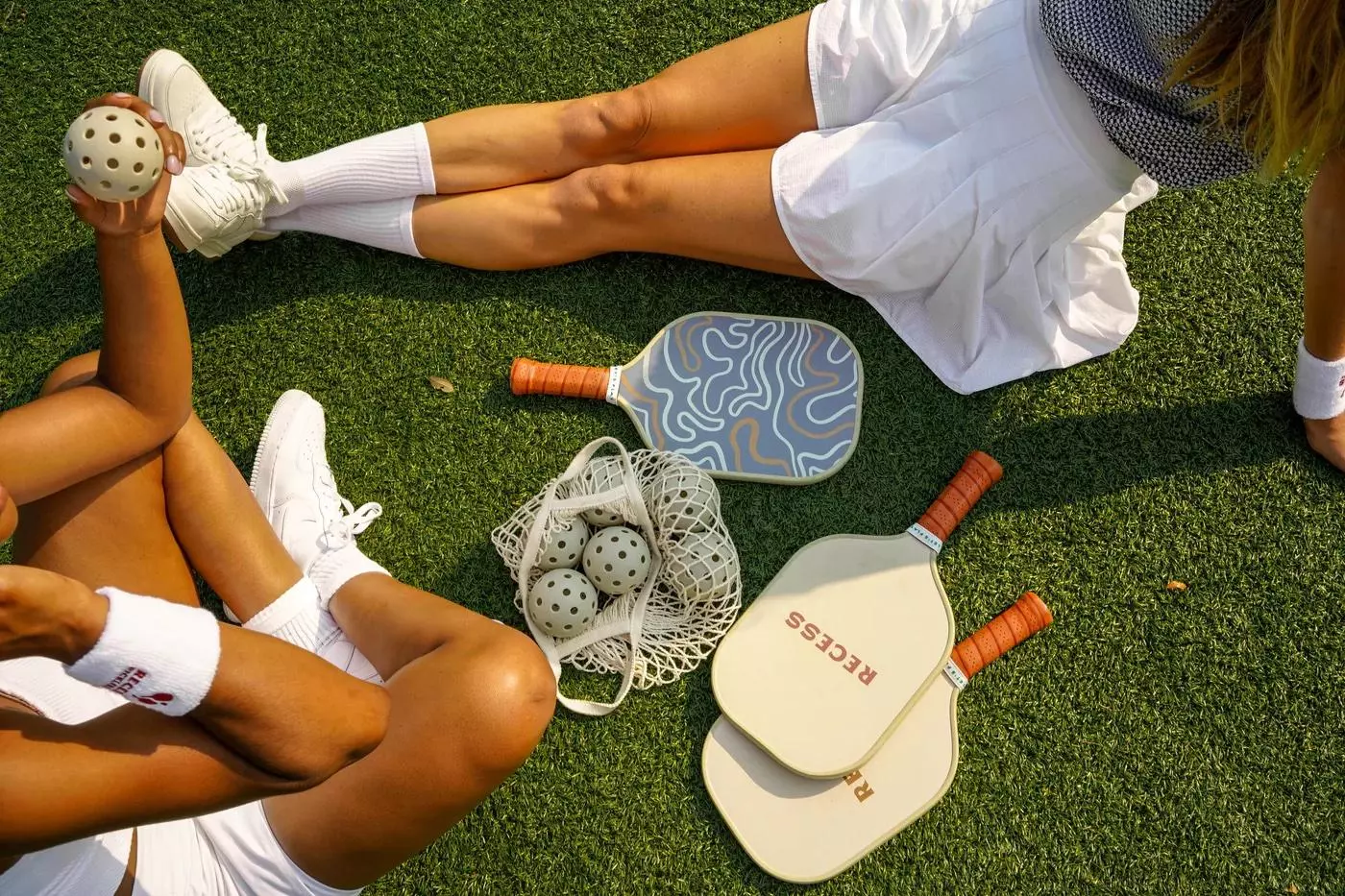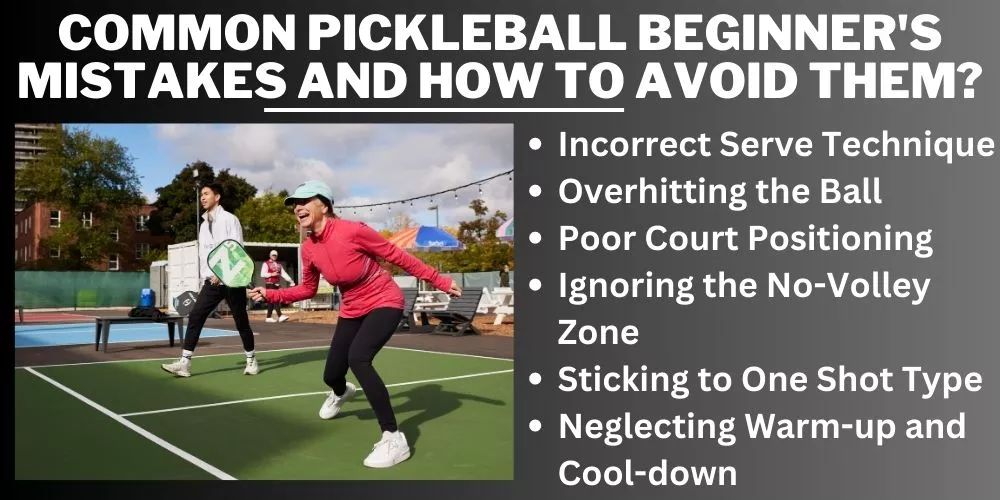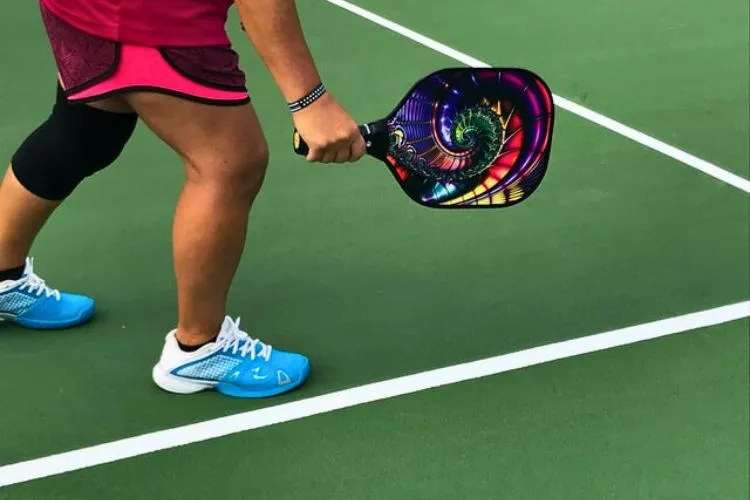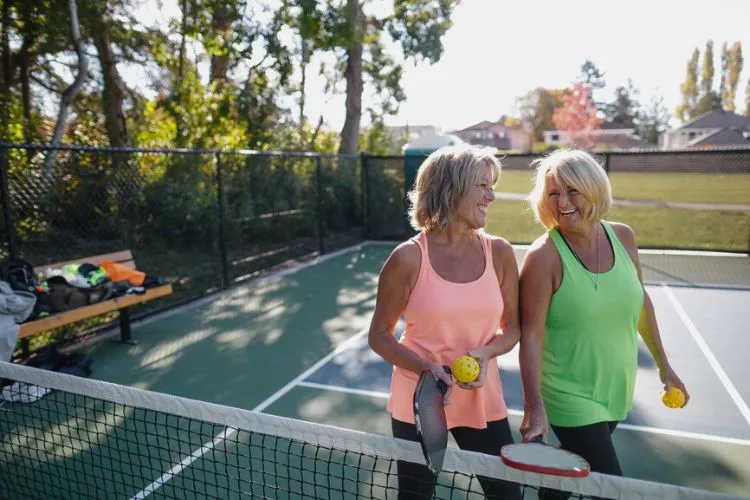Pickleball is an engaging game that perfectly blends elements from tennis, badminton, and ping-pong. It’s an exciting sport, ideal for all ages and skill levels. Simple to learn but challenging to master, it has taken the sports world by storm. But as a beginner, you may find yourself making common Pickleball Beginners mistakes that could hamper your progress in the game.
This article will look into the most critical errors that pickleball beginners commonly make. We will focus on helping you avoid these mistakes and improve your gameplay. So let’s dive in and help you evolve from a novice to a proficient player.

Common Pickleball Beginners Mistakes and How to Avoid Them?
Navigating through the early stages of learning pickleball can be tricky, but identifying and correcting these beginner’s mistakes will help you hone your skills and perform better on the court.

1. Incorrect Serve Technique
A common mistake among beginners is not using the proper serve technique. The ball must be hit underhand, with the paddle positioned below the waist, and it should land in the correct service area on the opposite side of the court.
Solution: Practice the correct underhand serving technique to generate power and placement while ensuring that your paddle remains below your waistline during the serve.
2. Overhitting the Ball
Many novices try to hit the ball with excessive force, typically resulting in unforced errors or sending the ball out of bounds.
Solution: Focus on control and placement rather than just power. Work on your touch and handling skills, and aim for depth and precision in your shots.
3. Poor Court Positioning
New players often struggle with maintaining proper court positioning, leading to lost points and unnecessary exertion.
Solution: Learn the correct court positioning for various situations, including doubles play. Pay attention to your partner’s movements, maintain good communication, and anticipate where the ball will be played to minimize wasted energy.
4. Ignoring the No-Volley Zone
Beginners frequently venture into or ignore the significance of the “no-volley zone” or “kitchen” (the area within 7 feet from the net on each side). Stepping into this zone during a volley is a fault.

Solution: Familiarize yourself with the rules and boundaries of the no-volley zone, and practice maintaining the appropriate distance from the net while volleying.
5. Sticking to One Shot Type
Many pickleball rookies rely on only one type of shot (smash or dinks), limiting their overall gameplay and making it easier for opponents to predict their moves.
Solution: Enhance your repertoire by practicing various shots, such as lobs, drops, and drives. Incorporate these into your game plan and adjust your strategy to keep your opponents guessing.
6. Neglecting Warm-up and Cool-down
Skipping warm-up and cool-down exercises increases the likelihood of injuries and hinders optimum performance.
Solution: Always dedicate time before and after playing to complete a thorough warm-up and cool-down routine, including stretching exercises to improve flexibility and prevent injuries.
Identifying, avoiding, and correcting these common beginner mistakes will make your progression as a pickleball player much smoother. Take advantage of this knowledge and practice regularly to develop your skills, and soon, you’ll be ready to face more experienced players on the court!
What is the best way to get better at pickleball?
Pickleball might be a relatively easy game, but like any other sport, it involves a steady learning curve. Improving your pickleball game isn’t just about playing more games; it’s about practicing deliberately and focusing on crucial aspects of the sport. Here are some of the most effective ways to get better at pickleball.

- Consistent Practice: To improve at any sport, consistent practice is essential. Ensure you are not just playing games but also dedicating time to practice your serves, returns, and volleys.
- Learn the Rules: Spend time understanding the intricate rules of pickleball. This includes familiarizing yourself with the scoring system, serve rotation, and the ‘two bounce rule’.
- Master Your Serve and Return: The serve and return of serve are crucial in pickleball. Practice different types of serves and returns, trying to keep them deep and to the corners of the courts.
- Work on Dinking: Dinking is a slow, soft shot, typically played at or near the net, in pickleball. By working on your dinks, you will excel in sustained volley exchanges and exploit openings in the opponent’s court.
- Improve Shot Variety: Avoid becoming predictable. Mixing up your shots will keep your opponent guessing and prevent them from settling into a predictable rhythm.
- Work on Footwork and Agility: Good footwork allows you to be in the right position to execute your shots. Incorporate exercises that improve agility and footwork into your training regimen.
- Watch and Learn: Watch experienced players and professionals in person or online. By observing their playstyle, tactics, and techniques, you can gain insights and ideas to implement in your game.
- Play with Better Players: Playing with and against players who are better than you will push you to step up your game, challenging you and encouraging improvement.
- Consider Coaching: A coach can help to identify weaknesses, provide personalized feedback, and offer tips and strategies to enhance your game.
- Enjoy the Game: Lastly, remember to have fun. Staying positive and enjoying the game is just as important as technical improvement. It boosts your morale, keeps you motivated, and ultimately drives you to perform better.
Stay patient and persistent; remember that improving at pickleball is a journey, not a sprint. Before you realize it, you will see significant improvements in your game!
You May Also Read: What is the best way to learn pickleball? | How can I improve my pickleball fast?
Frequently Asked Questions (FAQs)
How do you react faster in pickleball?
To react faster in pickleball, anticipation is key. Study your opponent’s body language, paddle position, and movement to predict where the ball will go. Enhance your footwork using agility drills to move swiftly across the court. Keeping your knees soft and paddle ready in the neutral position also aids in quick reaction to incoming shots.
How do you hit power in pickleball?
Power in pickleball is largely determined by your technique and timing, not just strength. Use your entire body, not just your arm, to hit the ball. Rotate your hips and shoulders as you strike and follow through completely. Additionally, hitting the ball at the top of its bounce can provide extra power.
How can I improve my hand-eye coordination for pickleball?
To improve hand-eye coordination for pickleball, regularly practice drills that enhance this skill. Activities like juggling, bouncing a ball off the wall, catching, or hitting a ball tied to a string can help. Additionally, spend more time on the court playing pickleball – the more you hit the ball, the more your coordination will naturally improve.
Conclusion:
Venturing into the world of pickleball can be an excellent source of joy and a true exercise in skill development. Navigating through the maze of pickleball beginners mistakes may seem daunting, but you can effortlessly prevent these pitfalls with the right understanding and practice.
Be patient with yourself–everyone learns at their own pace. Remember, the primary goal is not to avoid all mistakes but to learn from them. Stick with it, keep refining your techniques, and you’ll see your game improve significantly before long. So grab your paddle, head to the court, and enjoy mastering pickleball!

Pickleball’s more than a game to me—it’s a passion. I write, sharing its highs and lows, the thrills and the lessons. Some tales might draw you to the court, while others give a hint of the game’s magic. So, curious about my journey? Ready to dive deep into the world of pickleball with me? Let’s go.
